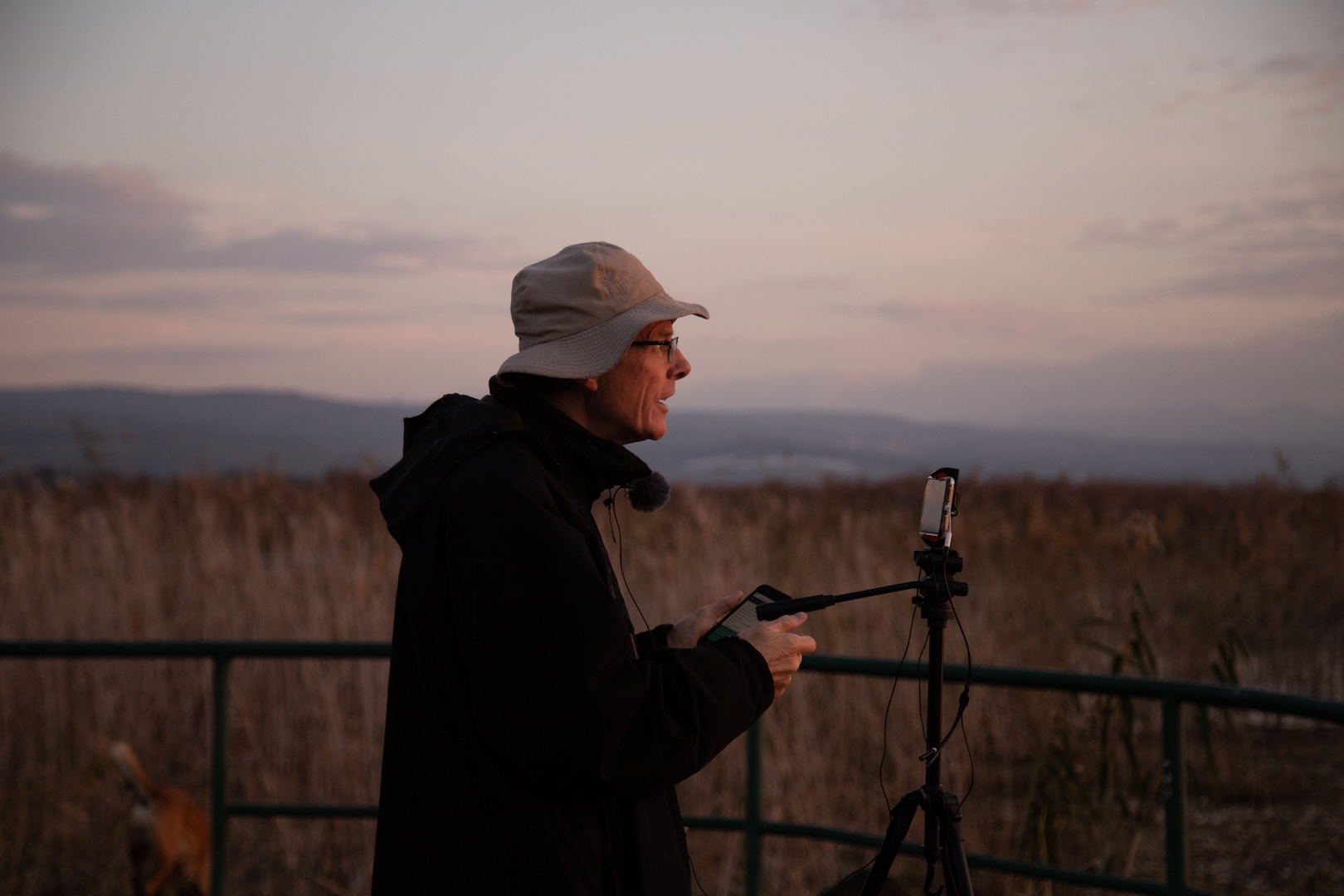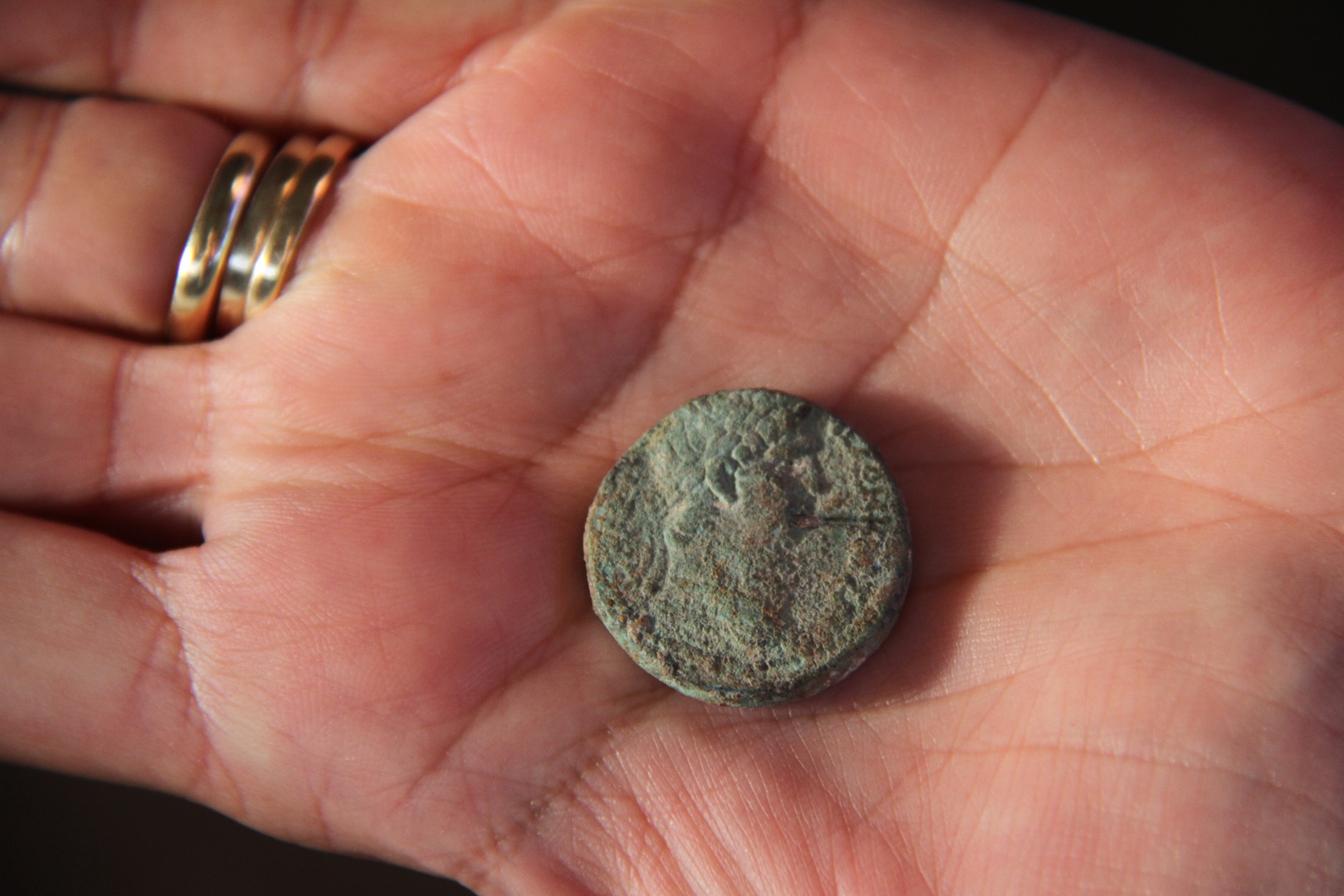In the previous publication, I wrote about our generational need to prove everything through science and, in our case, the need to verify, through archaeology, the historicity and origin of the people of the New Testament. It is necessary to trust in the gospel and the interpretations over the centuries to better understand the context of the characters who followed Jesus of Nazareth.
Mary Magdalene is mentioned by all four evangelists, and all four refer to the place name of Magdala; in Luke, we even know it is the region of Galilee.
Although the gospels are clear about Mary's origin, in recent years various theories about the name "Magdalene" and the correct location of the archaeological site have been questioned. The archaeology of Magdala reveals that it was a considerable settlement for the region, with several acres of occupation. We know that the foundation of the settlement was during the Hellenistic period (around 100 B.C.) and that it extended until the 3rd century A.D. (although in some areas there is evidence of later activity, such as the archaeological remains of a monastery on the Franciscan Custody site).
The population of Magdala in the 1st century followed the laws and customs of Judaism. We know this from the objects discovered, such as pottery, a type of chalkstone vessel characteristic of Galilee and Judea, and also from the presence of ritual baths. The identification of a synagogue is key to understanding the type of inhabitants of Magdala and, personally, the objects that best explain the ethnicity of a settlement: the art. In Magdala, there are two mosaic floors, both with a very simple geometric floral design, which is actually a manifestation of the respect for the commandment not to depict anything created in heaven and earth, a unique characteristic of Judaism of this period.
By law and custom, women in antiquity had their names in relation to a man, and the Jews were no exception. In various texts, we can read that women were known as "the daughter of," "the wife of," or "the mother of." In Mary's case, her name is related to a place: Magdala. Although this has been a subject of debate in recent years, we know that Jewish laws allowed some women, without a familial status with a man, to own land, and their name would be related to their possessions. For this reason, we can think that Mary of Magdala was a woman without marital status, with a certain legal and economic independence that allowed her to have her own name.
In conclusion, although we do not have an inscription that tells us about the details of Mary Magdalene, we do have archaeological evidence that provides context about the events and characters of the Gospel. The inhabitants of Magdala were followers of the laws and customs of Judaism, so we can assume the same about Mary. Her name, following the law, suggests that she was a woman with a certain legal and economic independence and that she most likely owned land in the village from which she takes her name, that is, in Magdala of Galilee.
Discover more articles from this category






